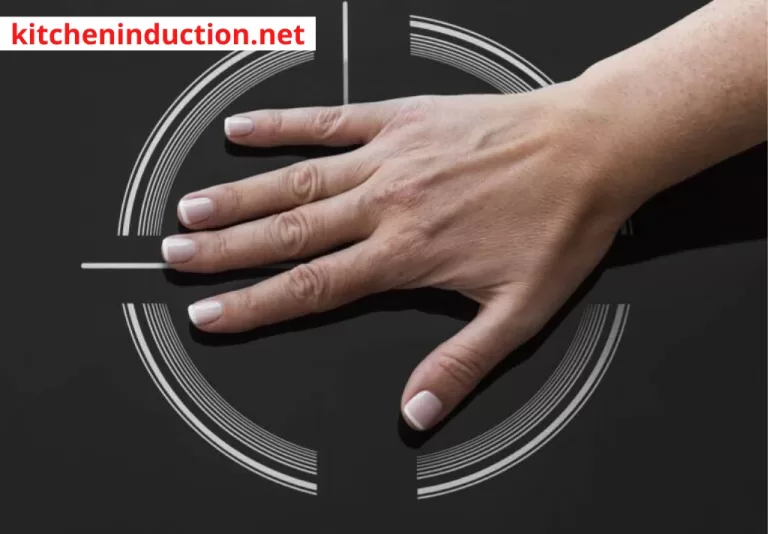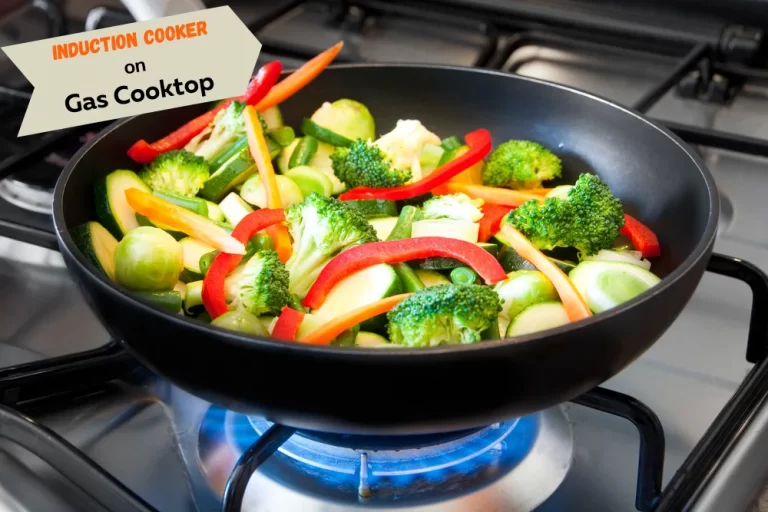What is the Difference between Ceramic and Induction Cooktops- Glass Vs Induction Cooker
With the advancement in technology, the latest kitchen accessories are being developed, and an induction cooktop is a perfect example of it. The induction and ceramic cooktops are the latest addition in the new era of technologies that are easy to use and an important asset for state-of-the-art kitchens. When it comes to upgrade or replace kitchen accessories, one must know the fundamental difference between best-selling cooktops
Contents
Induction Cooktop Vs Ceramic Cooktop
The basic difference between both types of cooktops is the manufacturing material and coking technology. Or you can say the way it produces the heat. Regardless of which type of cooktop you are purchasing, it is important to keep in mind the following points.

Considering all the above points will lead you towards the perfect cooktop for your modern kitchen. Now, moving towards the main topic, the difference between Induction Cooktop and Ceramic Cooktop and which is better for you.
Although induction cooktops are the modern way of cooking and have an edge on all other types of stoves, the ceramic cooktop may lead to some scenarios. Let’s talk about their difference in terms of basic scenarios.
Heating Method
If we talk about ceramic cooktops, they contain coiled metal elements beneath the glass-ceramic layer. The top surface is smooth where the cookware is to be placed. The coil is connected to an electric socket. When you switch on the button, the electric resistance heats the metal coil.
The electrically produced heat is transferred to the glass-ceramic surface via convection, and then it is transferred to cookware. This heat is used for cooking food on a ceramic stove. In this method, the electrical element turns hot red as soon as it is heated. That’s why it is also called radiant cooktop.
If we talk about induction cooking, the heat is generated inside the cookware through the electromagnetic mechanism. The whole process works on the principle of generating energy through magnetism. When the induction is switched on, the Alternating Current passes through the coil, which creates a magnetic field.
The cookware used for induction cooking is made of such material, which is ferromagnetic and magnetically conductive. The magnetic field is transferred to the cookware. The heat is generated as the result of resistive current flowing in the cookware. This heat is used for cooking the food.
Control and Efficiency
If we talk about efficiency, no one is better than induction cooktops. They are far more efficient and superior as compared to any other cooktop. You can judge it as about 85 to 90% eat generated in the induction cooking system for cooking food. If we compare it to a ceramic cooktop, a lot of heat energy is lost in the atmosphere.
Furthermore, the induction cooktop offers superior heat control and temperature control features. However, there is no such technology in the ceramic stoves.
The induction cooktops respond to the temperature change very quickly, and the ceramic cooktops require time to heat up and heat down. Since the ceramic material is a poor heat conductor, it transfers the heat slowly as compared to other materials.
Talking about residual heat, it dissipates quickly in case of induction. However, in the case of ceramic, it remains on the surface for a long time after cooking. It takes time to cool down. However, the good thing is that there are indicators to show when a cooktop is hot.
Moreover, the heat is generated in the cookware, and the cooktop remains cool in case of induction. However, in the ceramic cooking stove, all the cooking zone is heated up. With this, much energy escapes from the sides.
Safety
There is no doubt induction cooktops are far safer than ceramic cooktops. There is no risk of burn before, after, or during the cooking process. It is because the heat is generated inside the cooking pan, and the cooktop’s surface remains cool. That’s the main advantage of induction cooker.
On the other hand, ceramic cooktops require a lot of time to cool down even the food is cooked. Since the surface is hot, there are chances of accidents and burning.
Budget
No doubt, budget is a strict parameter that directly affects your choice. The ceramic cooktops are far cheaper as compared to induction cooktops. The price depends on the style and design according to the suitability of the kitchen.
Although induction cooktops are costly, they will return each penny by saving energy and time as compared to ceramic.
The induction cooktops have higher prices because you can only use induction-friendly cookware with them. No other cookware will work on it.
Cookware Compatibility
The ceramic inductions are good in the sense of using cookware. They can work with any type of cookware. However, make sure the base should be smooth and flat, which touches the ceramic cooktop. If it is entirely in contact with the surface, then the heat will be absorbed properly.
On the other hand, induction cooktops require particular types of cookware, which are made of ferrous materials like cast iron, stainless steel, etc. Any cookware on which the magnet will stick is compatible with the induction cooktop. In short, the base of the cookware should be magnet-friendly.
There are many converters like iron plates are available in the market. You can place them in between non-magnetic cookware and the cooktop. Although it will generate heat, it can leave a gap that causes vibrations.
Flexibility in the sense of size
The induction cooking tops offer flexibility in the size of cookware. There are different sizes of cookware, and induction cooking has the option of zoneless inductions. In this mechanism, you can place the cookware of any size at any place on the induction’s surface, and it will start cooking.
Since the ceramic cooktop gets heat due to some heating elements underneath, you can’t place the cookware anywhere.
Heating Speed
When it comes to heat up the cookware, the induction cooktop is clearly the winner. It heats up the cookware within twenty seconds after switching it on. However, the ceramic cooktops take longer to reach the desired temperature.
Cleaning
Both cooktops are easy to clean with a damp cloth. After it, it is wiped out with a dry cloth. If we talk about ceramic cooktop, it remains hot after cooking the food for a longer time. If some liquid is spilled over a hot surface, it can burn it, which is difficult to clean. Moreover, the ceramic cooktop may crack if cold water touches it when the surface is too hot.
Since there is no heat on the induction cooktop’s surface, it is easy to clean. If the liquid accidentally spilled over it, you can clean it by wiping it with a clean cloth.
Conclusion
Although both types of cooktop are good, induction cooktops are the perfect choice according to modern-day needs. No doubt, they require heavy investment as compared to others, but they will return you each penny by saving time and energy. In addition, they are superior in performance and cooks the food speedily. Easier to maintain.
However, if you are short of budget, a ceramic cooktop is the best choice for you. I hope this article was beneficial for you and you understand the basic difference between induction and ceramic cooktops.





